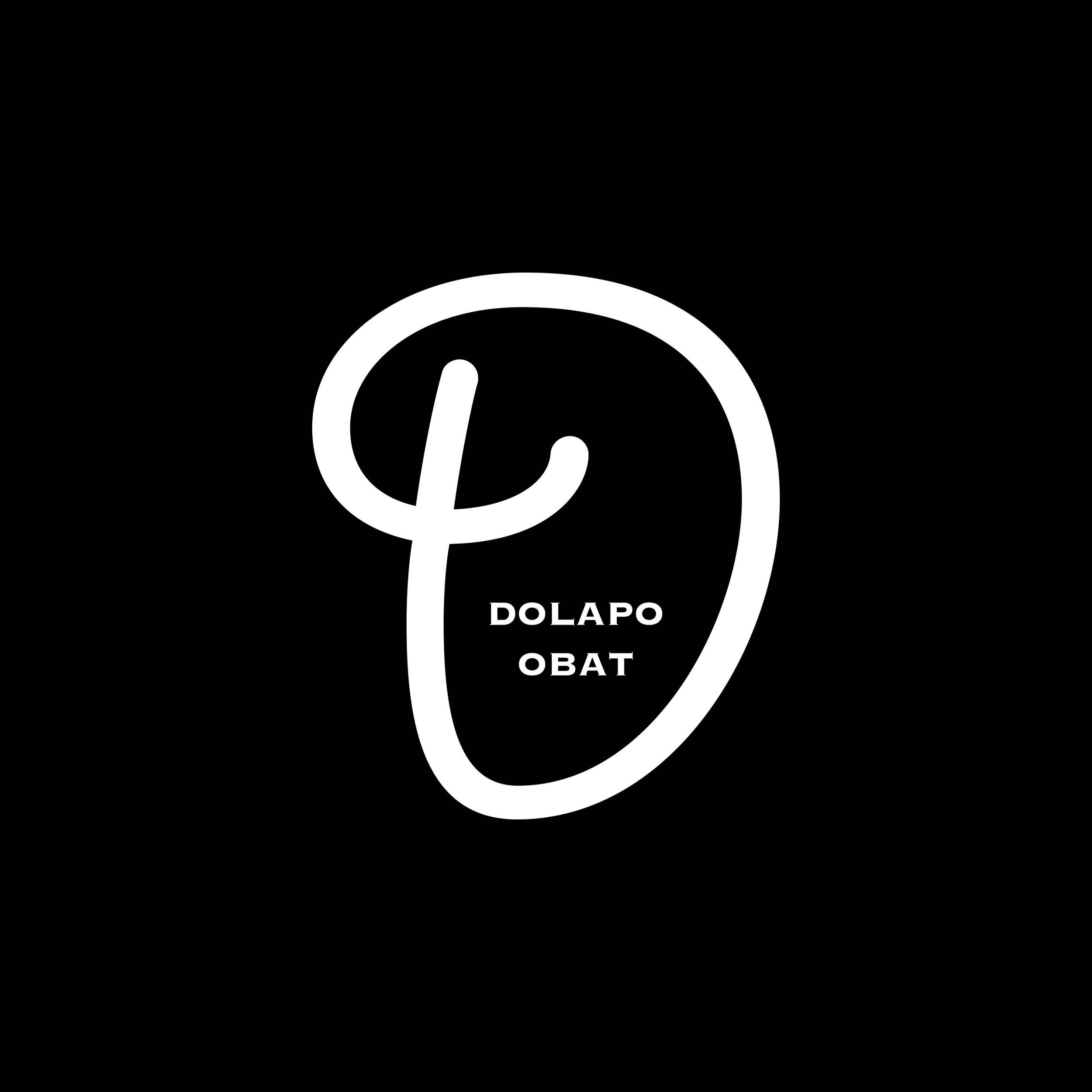Decentralized Art Economies
Ncedoc
Decentralized art economies represent a transformative shift in the way the art world operates, leveraging blockchain technology and decentralized systems to redefine the creation, distribution, and ownership of art. In this article, we will delve into what decentralized art economies are and how they are reshaping the art industry.
Blockchain and Digital Art Ownership
Tokenization: Digital art can be tokenized into non-fungible tokens (NFTs) using blockchain technology, proving ownership and authenticity. NFTs have gained immense popularity in recent years, offering a secure and transparent way to verify the uniqueness of digital artworks.
Immutable Provenance: Blockchain provides an immutable ledger, allowing collectors to trace the entire history of an artwork, including previous owners and sales. This transparency eliminates doubts about an artwork's authenticity and provenance, which has long been a challenge in the art world.
Artist Empowerment
Direct Sales: Artists can sell their work directly to collectors, eliminating the need for intermediaries like galleries and auction houses. This direct artist-to-collector model democratizes the art market, allowing emerging artists to showcase and sell their creations without relying on traditional gatekeepers.
Royalties: NFTs can be programmed to automatically pay artists royalties each time their work is resold, providing ongoing income. This feature ensures that artists continue to benefit from the appreciation of their work in the secondary market, fostering a more equitable relationship between creators and collectors.
Art Curation and Galleries
Decentralized Galleries: Virtual galleries and platforms powered by blockchain enable artists to showcase their work without traditional gallery spaces. These platforms offer artists a global stage to exhibit their creations and connect with a worldwide audience of art enthusiasts.
Curator Communities: Curators and collectors can form decentralized communities to curate and promote art collectively. This collaborative approach to art curation fosters diversity and inclusivity in the art world, allowing for a wider range of voices and perspectives to be heard.
Global Accessibility
Democratization: Decentralized art markets are open to a global audience, making it easier for emerging artists from diverse backgrounds to gain recognition. The elimination of geographical barriers allows for a more inclusive and culturally diverse art ecosystem.
Reduced Barriers: Lower transaction costs and increased accessibility promote wider participation in art markets. This means that both artists and collectors can engage in art-related activities with reduced financial constraints.
Art Financing and Crowdfunding
Fractional Ownership: Collectors can buy fractions of high-value art pieces, democratizing access to art investment. This fractional ownership model enables a broader range of individuals to invest in art, turning art ownership into a more inclusive experience.
Crowdfunding Campaigns: Artists can fund their projects through token sales, involving supporters in the creative process. Crowdfunding via blockchain allows artists to gather financial support directly from their audience, enhancing their independence and creative freedom.
Enhanced Transparency
Provenance and Authenticity: Blockchain ensures transparent records of an artwork's authenticity and origin. This feature reduces the risk of art fraud, assuring collectors of the legitimacy of their acquisitions.
Transaction Transparency: All transactions are recorded on the blockchain, reducing the risk of fraud and ensuring transparency in the art market. This transparency fosters trust among participants and minimizes disputes.
Challenges
Environmental Concerns: The energy consumption associated with blockchain technologies, particularly Proof of Work (PoW), raises environmental concerns. Efforts are underway to transition to more energy-efficient consensus mechanisms.
Legal and Copyright Issues: The legal framework surrounding digital art ownership, copyright, and royalties is still evolving. Clarifications and regulations are needed to ensure the rights of both artists and collectors.
Examples of Decentralized Art Platforms
OpenSea: A leading marketplace for NFTs, allowing artists to mint and sell their digital art.
Rarible: A decentralized platform for creating and trading NFTs and digital collectables.
SuperRare: A marketplace for tokenized digital art, emphasizing the uniqueness and rarity of digital creations.
The Role of Crypto Art
Crypto Art refers to artwork created by artists and sold as NFTs, often associated with blockchain and cryptocurrency themes. This emerging art genre has captured the imagination of collectors and artists alike, pushing the boundaries of what is possible in the digital art space.
Future Implications
The continued growth of decentralized art economies has the potential to disrupt traditional art markets, giving artists more control over their work and collectors new ways to engage with and invest in art. However, it also raises important questions about the changing nature of art ownership, value, and the role of intermediaries in the art world.
As this space continues to evolve, it will be essential to address the challenges while embracing the innovative potential of blockchain and decentralization in the art industry. Decentralized art economies are not just reshaping the art world; they are democratizing it, making art more accessible and inclusive than ever before.

